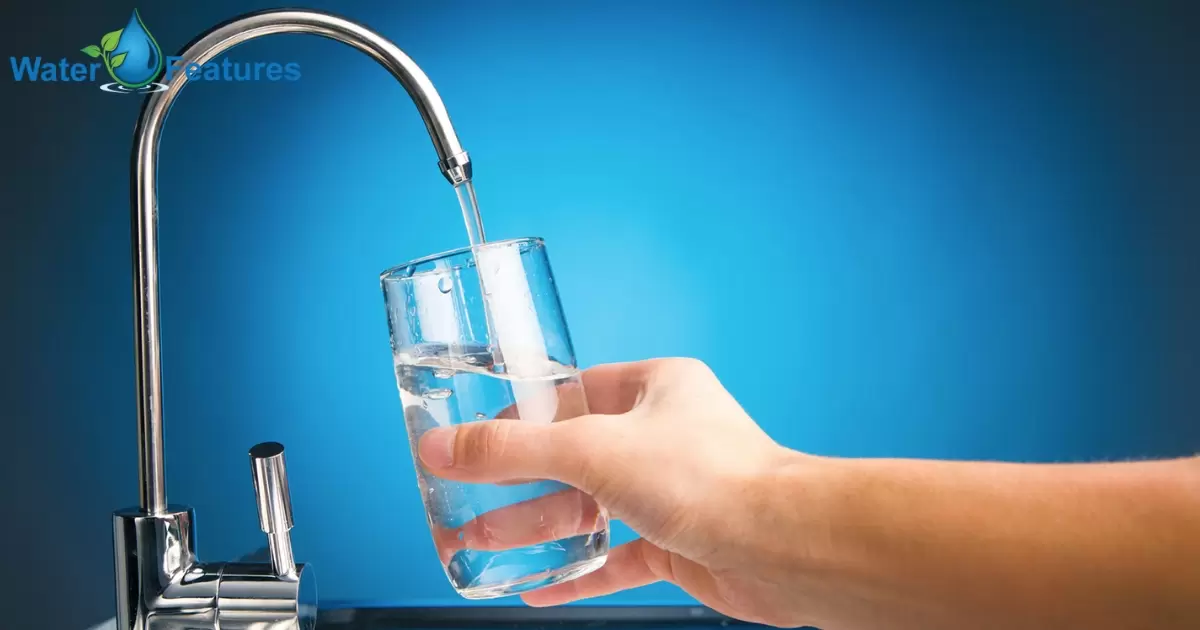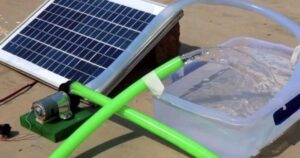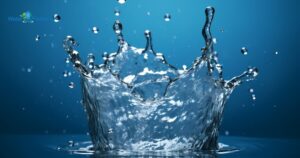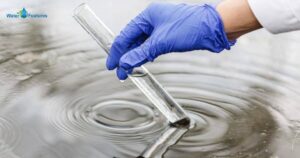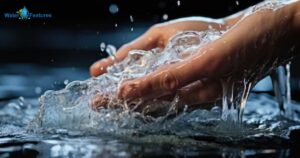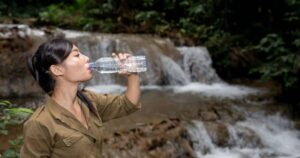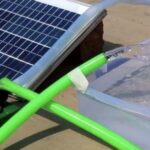Hawaii, with its breathtaking landscapes and tropical paradise, is a dream destination for many. Hawaii is known for its unique geological features, such as volcanic islands and underground aquifers. These natural features play a crucial role in shaping the quality of the tap water available on the islands.
The Hawaiian Islands boast a diverse range of water sources, and the safety of drinking tap water can vary from one location to another. As you sip a refreshing glass of Hawaii tap water while watching the sunset over Waikiki Beach, have you ever wondered, Can You Drink Hawaii Tap Water? You’ll be surprised to learn that the answer isn’t the same across the entire Hawaiian archipelago.
Hawaii’s tap water generally meets federal and state water quality standards, making it safe for consumption in most areas. The state’s Department of Health ensures that tap water undergoes rigorous testing for contaminants. Some of Hawaii’s islands may rely on desalination, wells, or other sources, which can lead to differences in water quality.
Water in the Atmosphere
Water in the atmosphere plays a vital role in Hawaii’s water supply. The Northeast Trade Winds, a dominant weather feature in the region, bring moist air from the ocean, contributing to the island’s rainfall. These consistent winds result in varying levels of precipitation across the Hawaiian archipelago.
- Northeast Trade Winds Hawaii’s position in the Pacific Ocean places it directly in the path of the Northeast Trade Winds. These winds carry moisture-laden air towards the islands, providing a substantial portion of the region’s rainfall.
- How Mountains Affect Rainfall Hawaii’s mountainous topography significantly influences rainfall patterns. As air rises over the mountains, it cools and condenses, leading to increased precipitation on windward slopes, while leeward areas receive less rainfall.
- Precipitation Hawaii’s islands experience varying amounts of rainfall due to their different locations and elevations. The wettest regions, such as the windward sides of the islands, can receive up to 300 inches of annual rainfall.
- Evaporation, Transpiration, and Runoff The excess rainwater eventually makes its way to the ground, where it is absorbed by the earth, transpired by plants, and, in some cases, runs off into streams and rivers, eventually contributing to the island’s groundwater reservoirs.
Average Annual Rainfall in Hawaii by Island
| Island | Average Annual Rainfall (inches) |
| Hawaii (Big Island) | 153 |
| Maui | 23-404 |
| Oahu | 20-90 |
| Kauai | 50-460 |
| Molokai | 40-75 |
| Lanai | 37-114 |
Water on the Ground
Understanding the movement of water on the ground and the complex natural systems that store and distribute it is essential to grasp Hawaii’s drinking water sources.
- The Watershed Hawaii’s watersheds play a crucial role in collecting and channeling rainwater into the island’s aquifers. Watersheds serve as natural filtration systems, ensuring the purity of the water that ultimately enters the underground reservoirs.
- Hawaii’s lush rainforests, such as the Hoh Rainforest on the Big Island, have a high transpiration rate. This process involves trees releasing water vapor, which can later contribute to groundwater recharge.
- Water Below the Ground Hawaii’s volcanic geology provides an ideal environment for water storage. Underground aquifers are essential sources of drinking water for the island’s residents.
- Percolation Rainwater percolates through the ground, filtering out impurities as it travels downward towards the aquifers. This natural filtration process is a vital part of Hawaii’s water supply.
- Caprock The volcanic islands have caprock layers that help contain the freshwater beneath. These layers protect the aquifers from contamination.
- Perched Water In some regions, perched water tables can develop above the main aquifers. While this water is not typically used for drinking, it contributes to the overall hydrological system.
How Does Hawaii Get Drinking Water?
Hawaii primarily relies on its underground aquifers and freshwater reservoirs for drinking water. These sources are recharged by rainwater, and the islands’ geology plays a significant role in maintaining the quality of the water.
Water Purification Methods In Hawaii
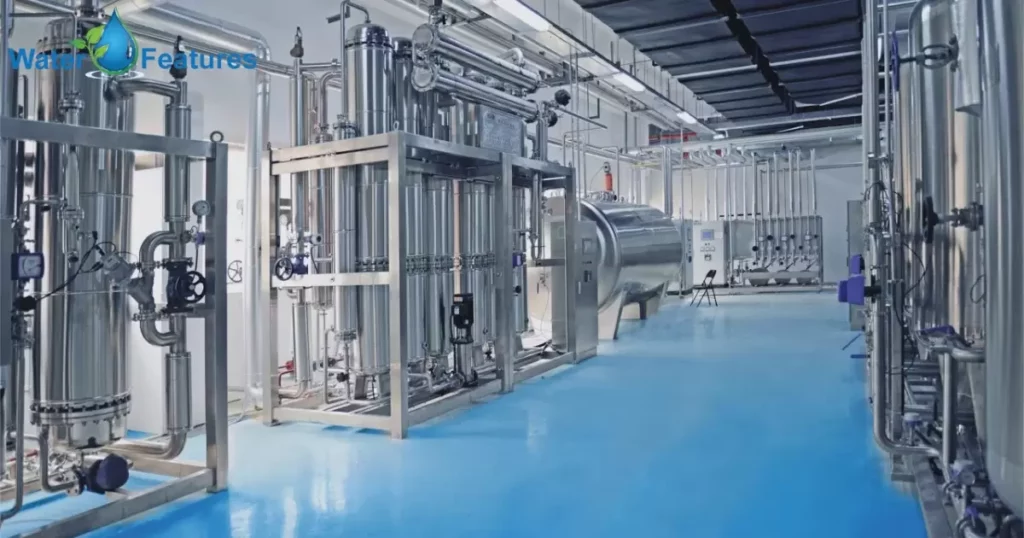
Water purification in Hawaii involves several methods to ensure the safety and quality of drinking water. These methods include filtration, chlorination, and regular monitoring to meet strict standards and regulations.
FAQ’s
Is Hawaii tap water safe to drink?
In most areas, Hawaii’s tap water is safe to drink, meeting federal and state water quality standards.
How is Hawaii’s tap water treated and purified?
Hawaii treats its tap water through a combination of filtration, chlorination, and other disinfection processes to ensure that it meets safety standards and is free from contaminants.
Can I drink rainwater in Hawaii?
While it’s generally safe to consume rainwater in Hawaii, it’s advisable to have it tested or use proper filtration methods, as the water can pick up contaminants from the atmosphere or collection surfaces.
Conclusion
Hawaii’s tap water is sourced from a unique combination of atmospheric moisture, underground aquifers, and volcanic geology. While the safety and quality of tap water can vary by location, the state’s commitment to rigorous testing and purification methods ensures that most residents and visitors can enjoy safe and refreshing tap water. Understanding the intricate relationship between the islands’ geography and their water supply is key to appreciating the natural systems that sustain Hawaii’s drinking water.
such as volcanic islands, trade winds, and lush rainforests, contribute to the abundant rainfall and pristine groundwater sources. This natural wealth, coupled with modern water purification methods, allows residents and visitors to enjoy clean and refreshing tap water across much of the Hawaiian archipelago.
